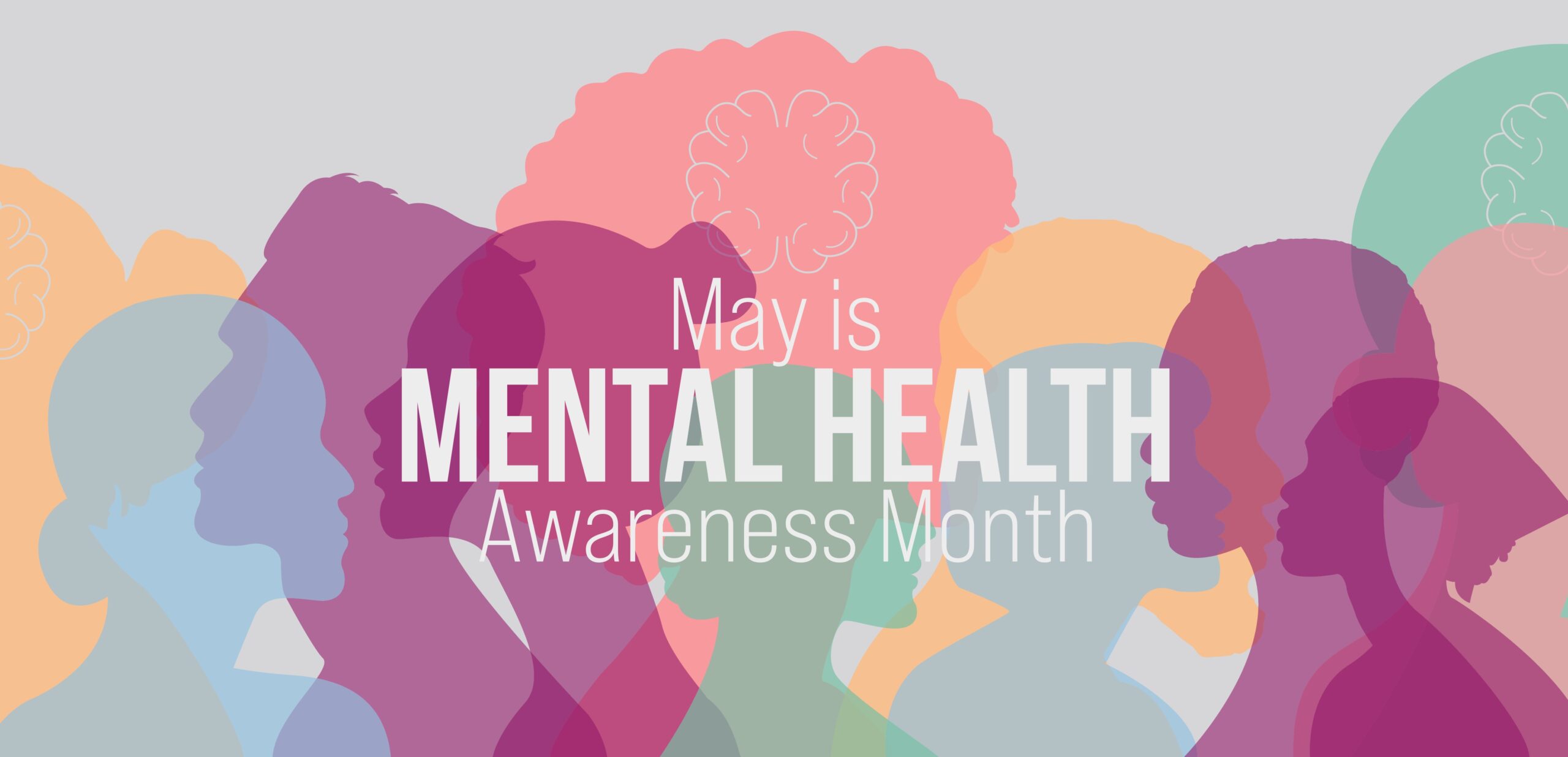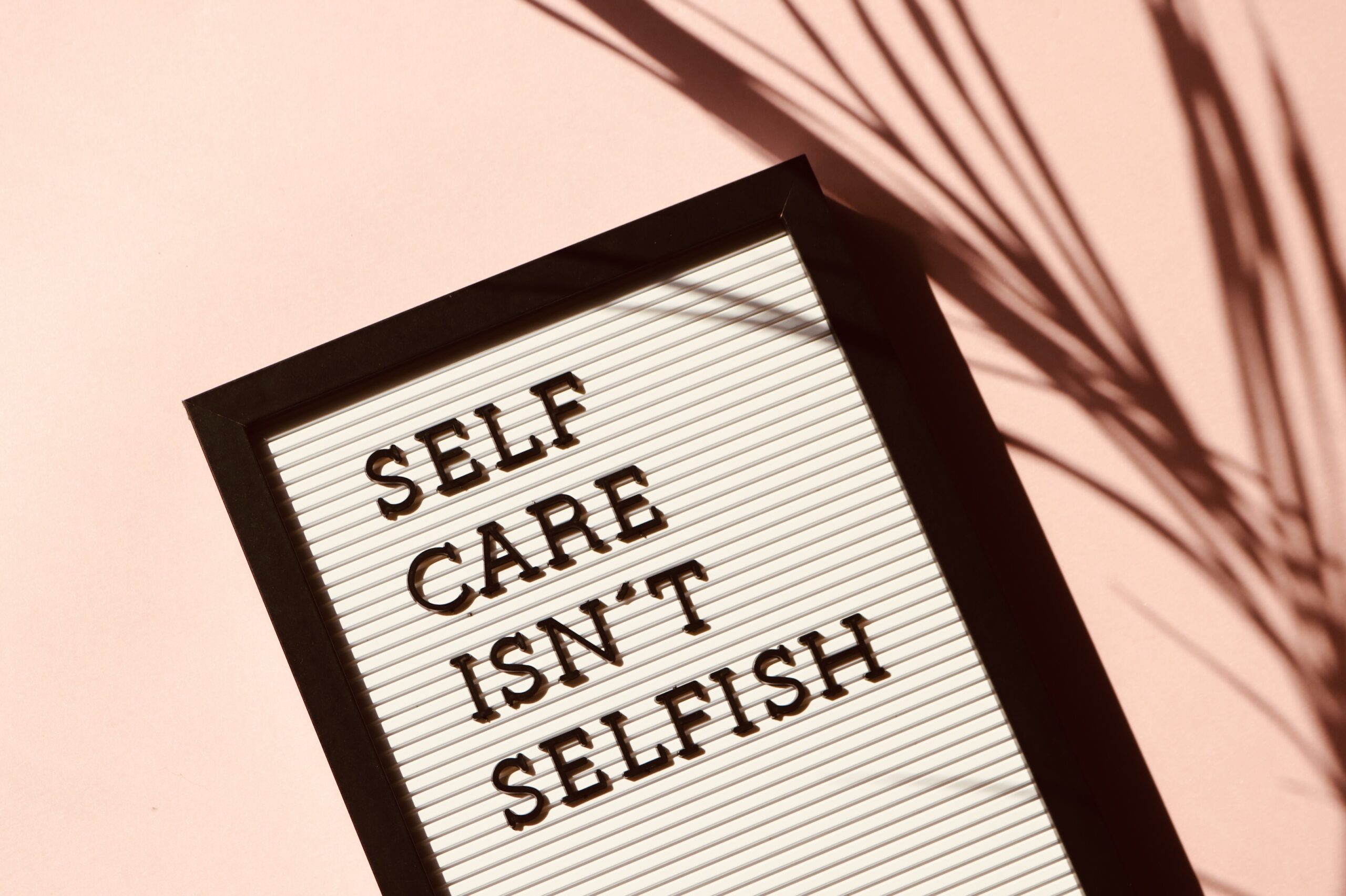Think back to the time when you were told about the menstrual cycle. Often all we talk about is our period and how to avoid pregnancy. Would you agree that the education you have been given was only on those two aspects of your cycle? In this article, we cover what the female menstrual cycle is and what hormones are.
So what is a menstrual cycle?
The menstrual cycle is a series of events that occur within a woman’s body as it prepares for the possibility of pregnancy each month. Menstruation, on the other hand, also known as menses or period, is the shedding of the uterus lining. The menstrual blood is partly blood and tissue that flows out through the vagina.
The menstrual cycle length is measured from the first day of your period to the first day of your next period totalling approximately 28 days but could be slightly more or less. It is divided into four phases menstrual, follicular, ovulatory, and luteal. The menstrual phase starts from approximately day one to day five; the follicular phase begins from day six to fourteen. The ovulatory phase begins on day fourteen. The luteal phase starts from day fifteen to the beginning of your period. Keep in mind, each body is different and so this may not perfectly apply to you and that is okay.
Ovaries, uterus, and vagina are not the only organs involved in this biological process. The pituitary gland and hypothalamus, present in your brain, also play a significant role by releasing hormones. Hormones, a term that is very commonly used for explaining different biological processes such as the menstrual cycle, pregnancy etc.
But, what are hormones?
Hormones are the body’s chemical messenger. They travel through the bloodstream to tissues and organs and help regulate the bodily process as simple as hunger or complicated as your menstrual cycle.
Before going into the ins and outs of your period, let’s talk about the hormones involved in our menstrual cycle.
Luteinizing Hormone (LH):
- Produced and released in the anterior pituitary gland
- A surge in LH causes ovaries to release an egg during ovulation.
- Ovulation is the process in which an egg is released from the ovary.
Follicle Stimulating Hormone (FSH):
- Released by the pituitary gland
- Encourages eggs to grow in the ovaries, leading to estrogen production.
- Increased amounts can lead to the body overproducing testosterone and estrogen
Estrogen:
- Female sex hormone
- Ovaries are the primary source of this hormone
- Causes changes such as the growth of breasts, pubic and underarm hair and the start of the menstrual cycle.
- Stimulates the thickening and growth of the uterine lining, maintains pregnancy, and keeps bones strong for women and men.
- High estrogen levels can lead to menstrual problems (light or heavy bleeding), fatigue, feeling depressed or anxious, loss of sex drive.
Progesterone:
- Secreted by the corpus luteum, which is a temporary endocrine gland that the female body produces after ovulation
- Prepares the endometrium for the potential of pregnancy
- If the woman does not become pregnant, the corpus luteum breaks down, lowering the progesterone levels leading to the beginning of menstruation.
- Low levels of progesterone can cause:
- Irregular or skipped periods
- Anxiety and depression
- Irritability
- Difficulty falling asleep or staying asleep
- Progesterone and estrogen go hand in hand; both balance each other out for these hormones to work efficiently.
Testosterone:
- Male sex hormone
- The pituitary gland controls the production of testosterone.
- This hormone contributes to sex drive, bone density, and muscle strength in women.
- Too much testosterone can interfere with ovulation and menstruation.
- Increased testosterone leads to irregular or absent periods, excessive body hair and acne.
Now that you have a better understanding of hormones, what does this have to do with your period?
Before going into detail, remember that every woman’s menstrual cycle may differ. The following information can be used as a guide. Moreover, certain conditions such as polycystic ovarian syndrome (PCOS) can change your menstrual cycle.
Day 1-5:
The first day of bleeding is considered day 1. An average period lasts five days.
Even though the bleeding occurs, the ovaries are simultaneously preparing to release an egg.
The pituitary gland releases a hormone called follicle-stimulating hormone (FSH). This hormone leads several follicles to rise on the surface of the ovary. These follicles are fluid-filled and contain an egg.
One of the follicles becomes dominant and contains a mature egg, and other follicles shrink.
The mature follicle produces estrogen, which peaks a day or two before ovulation (release of an egg). Higher levels of estrogen lead to the thickened lining of the uterus. The higher estrogen levels also cause the production of Gonadotropin-releasing hormone (GnRH), which causes the pituitary gland to release luteinizing hormone (LH).
Day 6-14:
Once the bleeding stops, the uterine lining becomes thicker and enriched with blood and nutrients. This happens to prepare the body for a possible pregnancy.
On day 12, the high levels of LH and FSH cause the egg to be released from the follicle. The follicle then becomes the corpus luteum and produces progesterone.
The increase in LH also causes an increase in testosterone levels, increasing sex drive.
Day 14-25:
As a result of a surge in LH and FSH, on day 14, the egg is released from one of the ovaries and travels down the fallopian tubes to the uterus. The release of the egg causes the levels of FSH and LH to decrease.
If the sperm is present in the fallopian tube, it is ideal for the egg and sperm to fuse, leading to pregnancy. This process is known as fertilization. If the egg is not fertilized within 24 hours, it disintegrates.
If the fertilization has occurred, the corpus luteum continues to produce progesterone which stops the lining from shedding.
If fertilization has not occurred, the corpus luteum disintegrates, leading to a progesterone level decrease and signals the uterus lining to break.
Day 25-28:
If fertilization does not occur, changes in the hormonal levels cause the uterus to shed its lining and the egg to break and the cycle repeats.
Stay tuned for the next blog post, where I will talk about polycystic ovarian syndrome (PCOS).
If you are looking for any support related to your cycle, our team of registered dietitian’s are here to support you. Book a free discovery call with Lina or Maiya, our registered dietitian’s that specialize in hormone health and PCOS.




